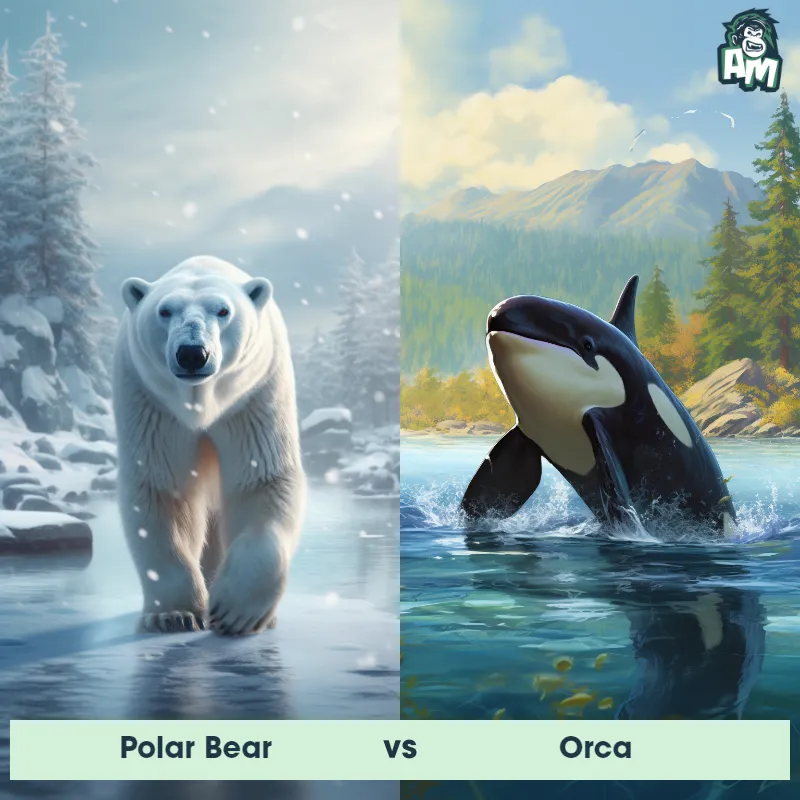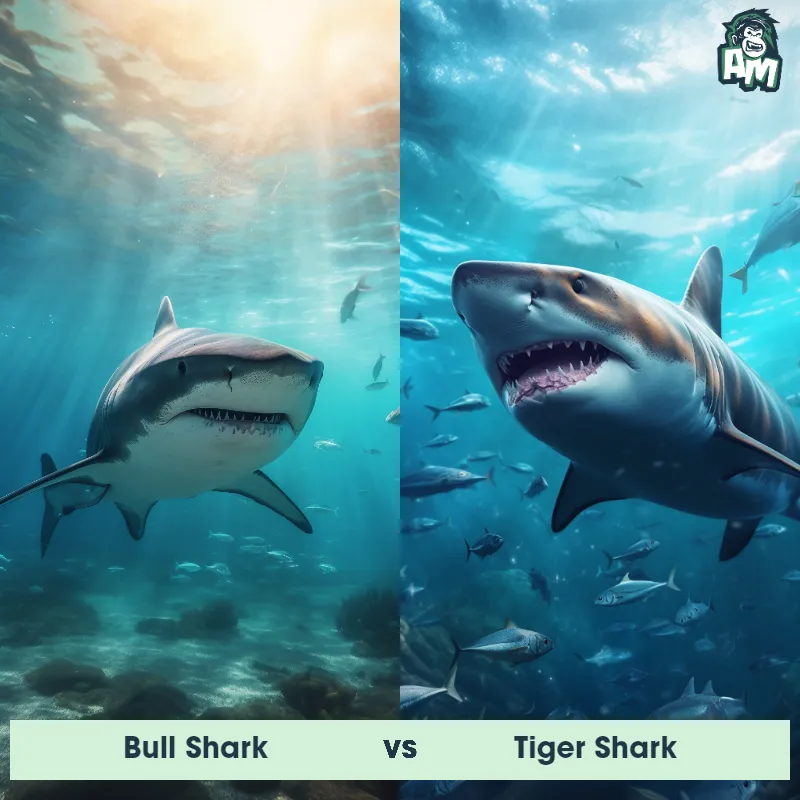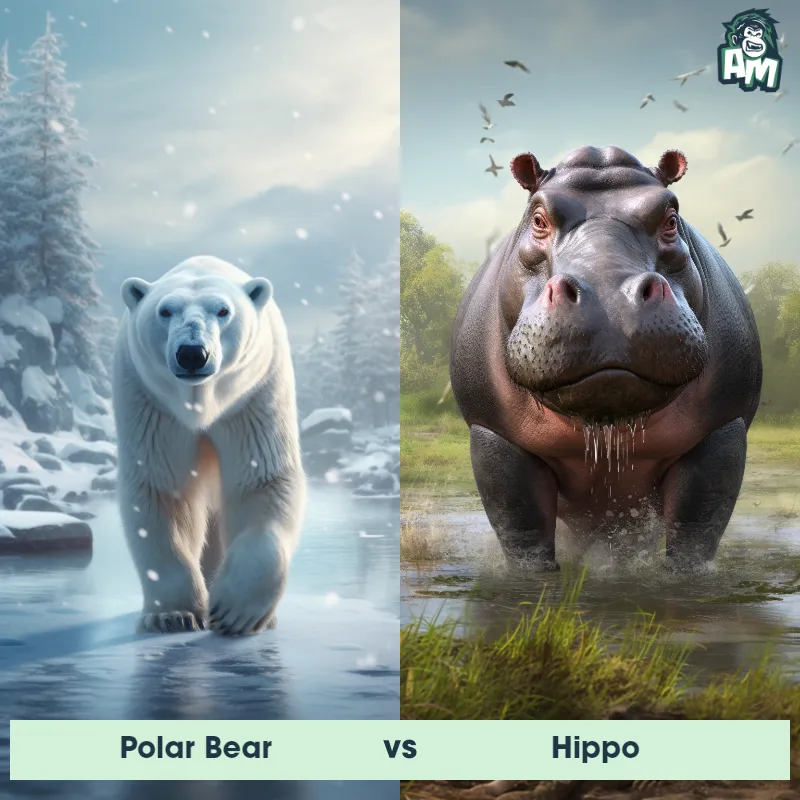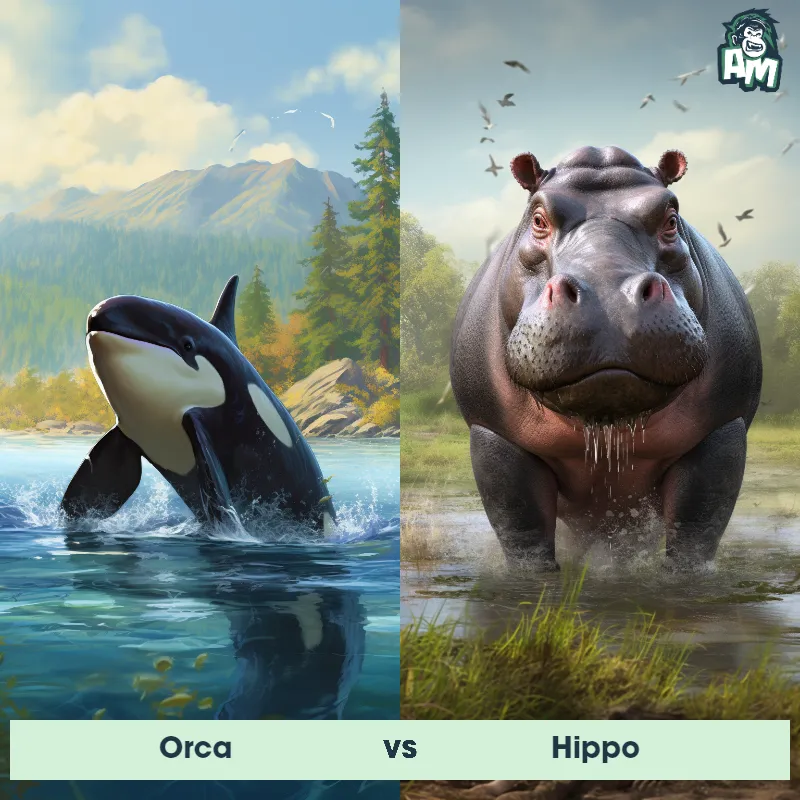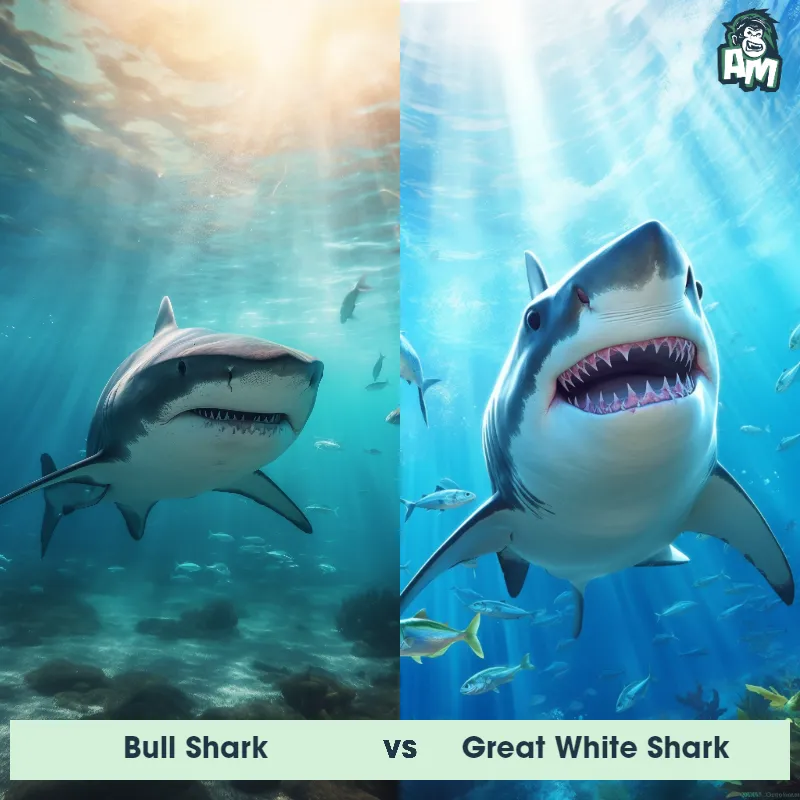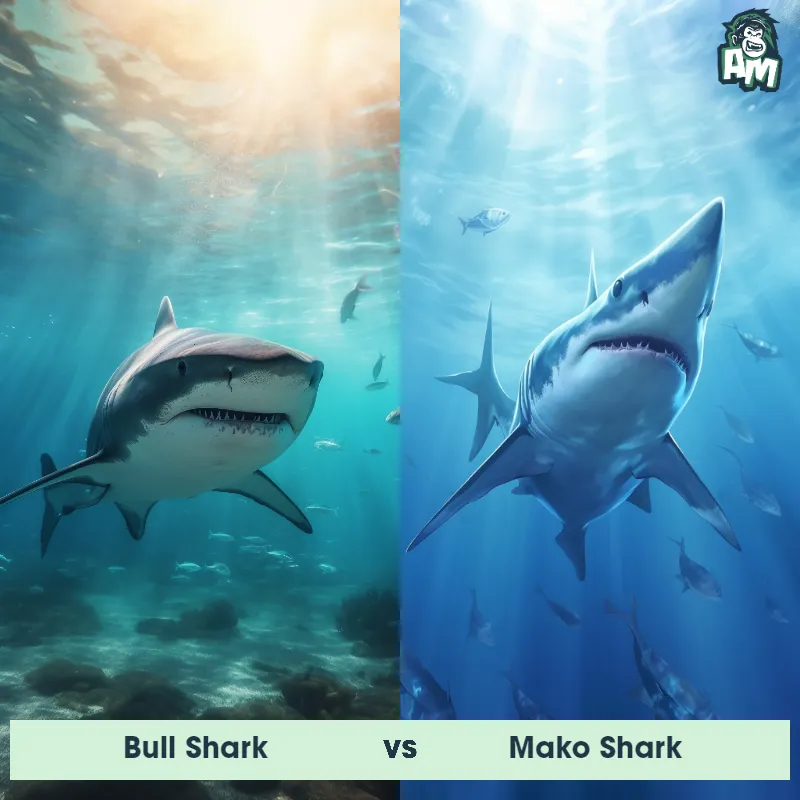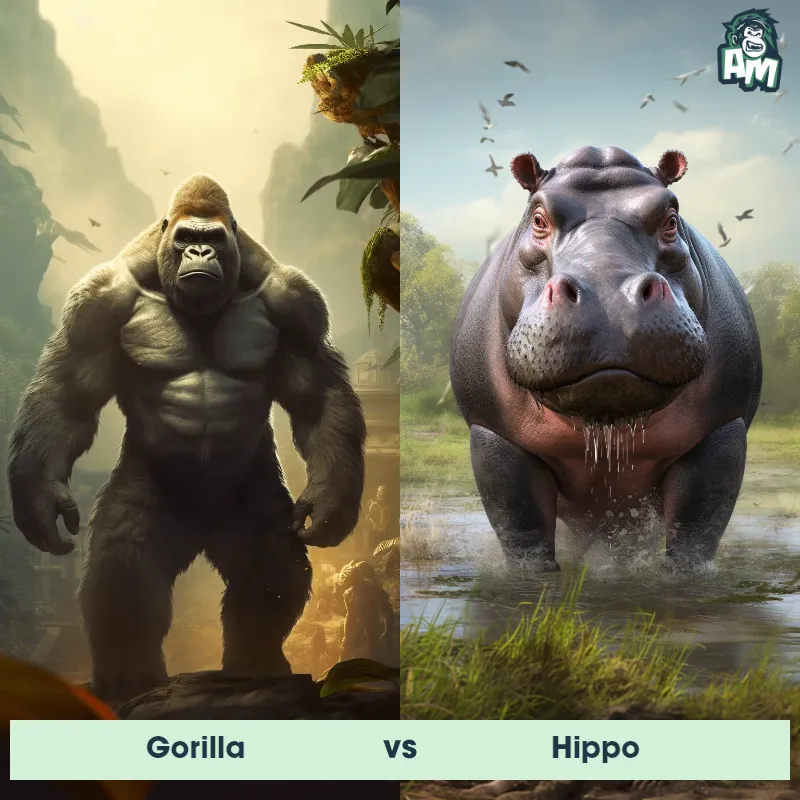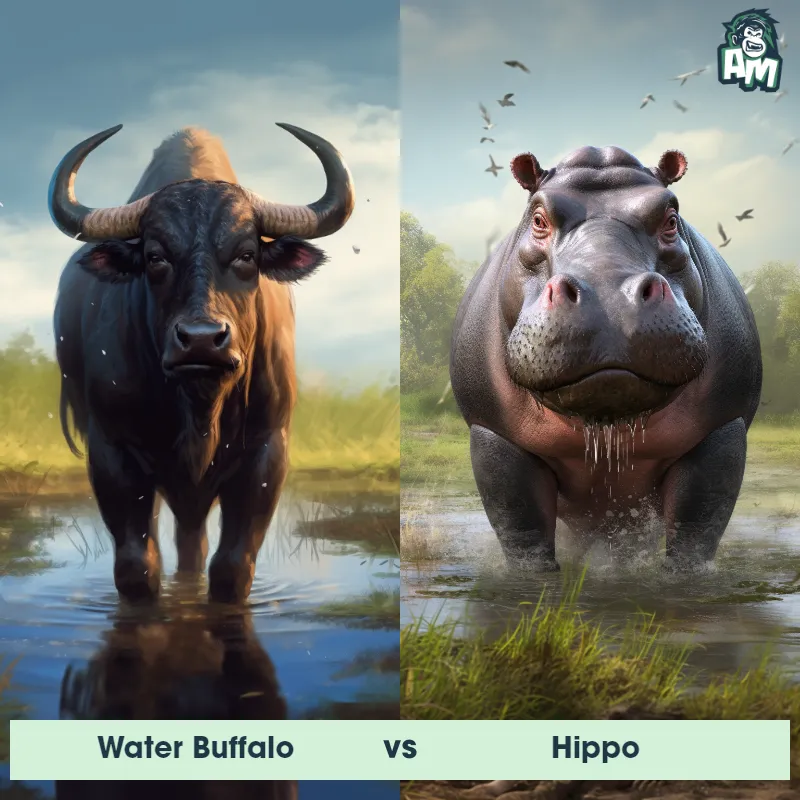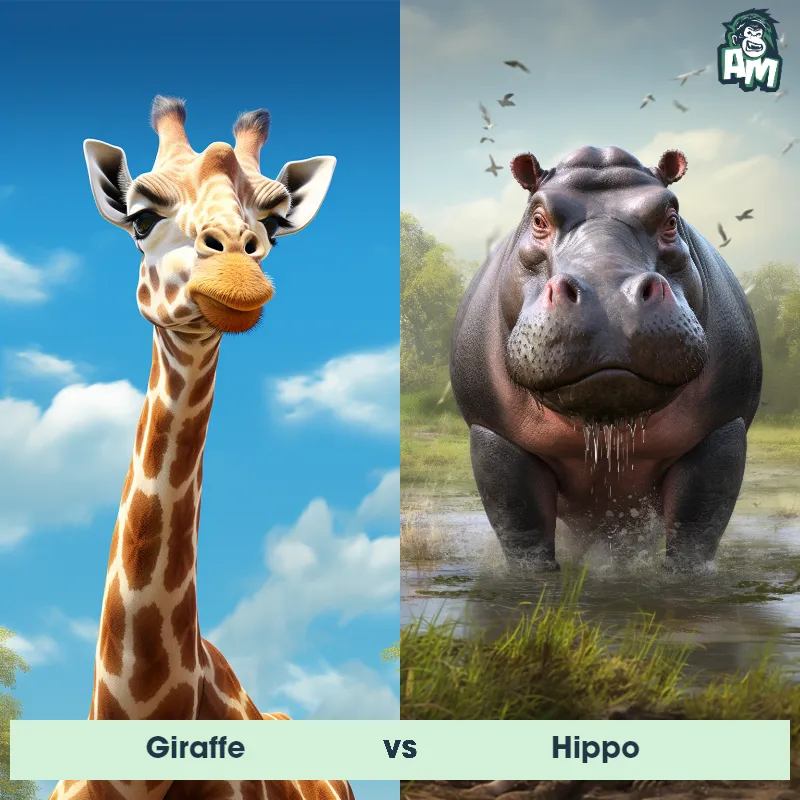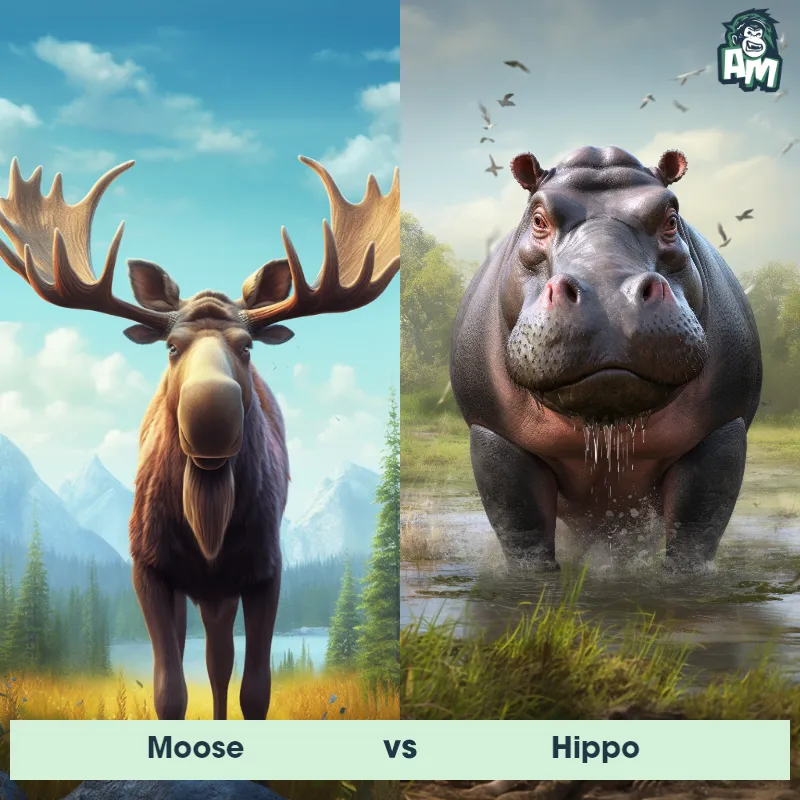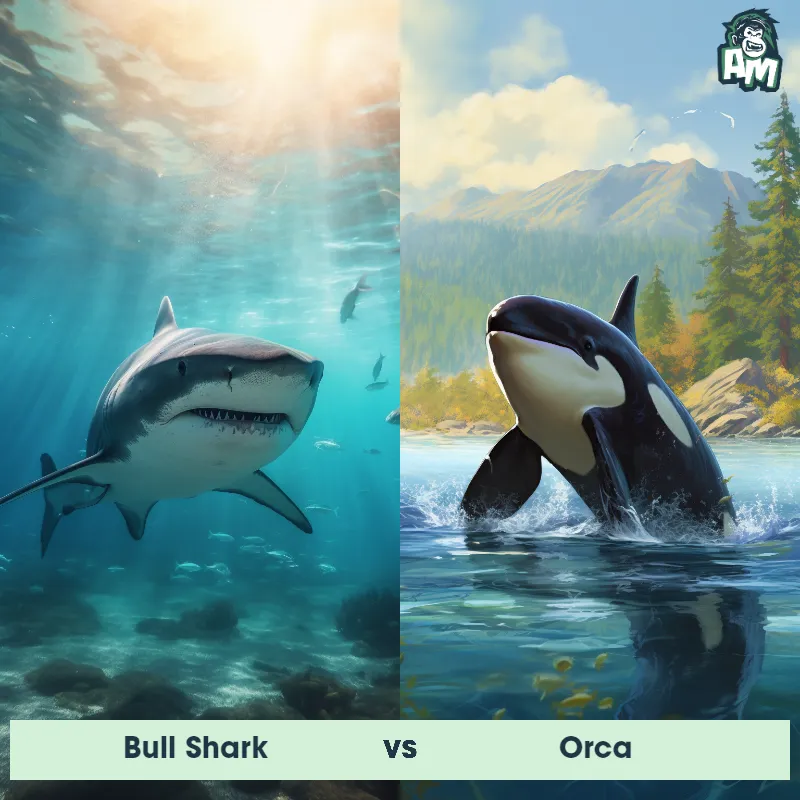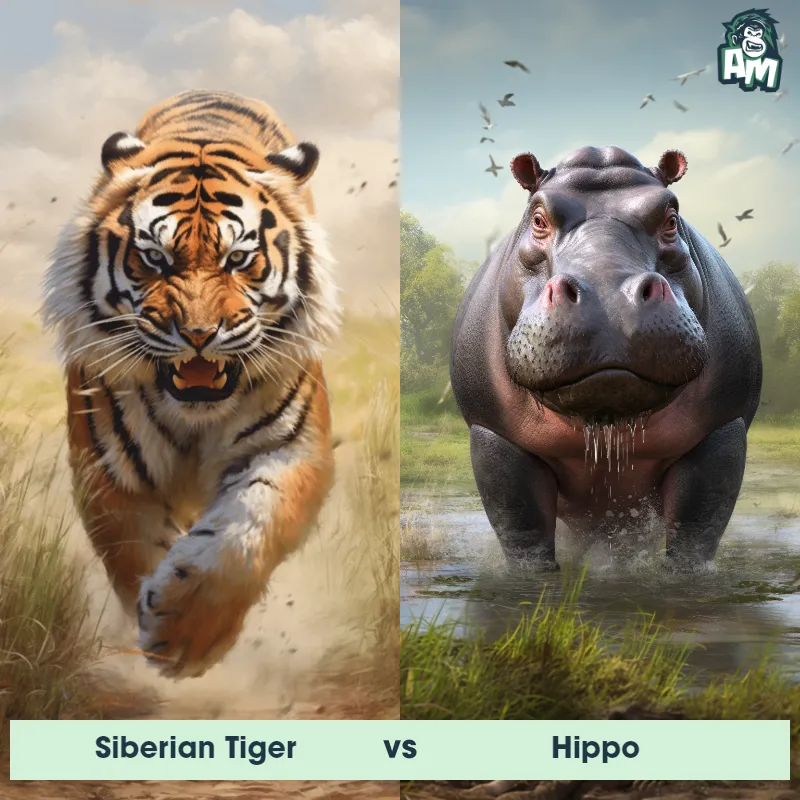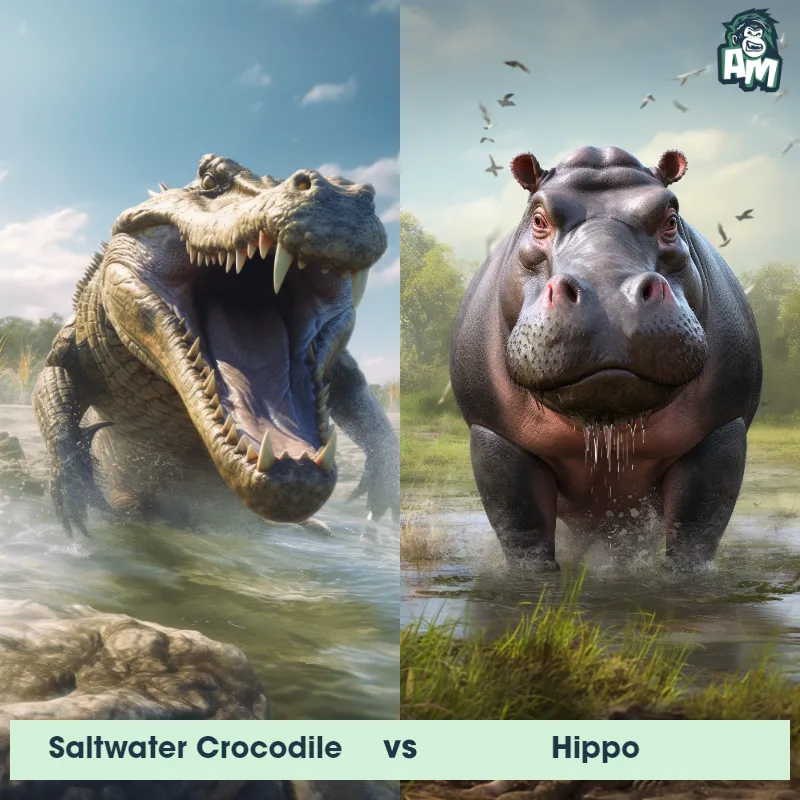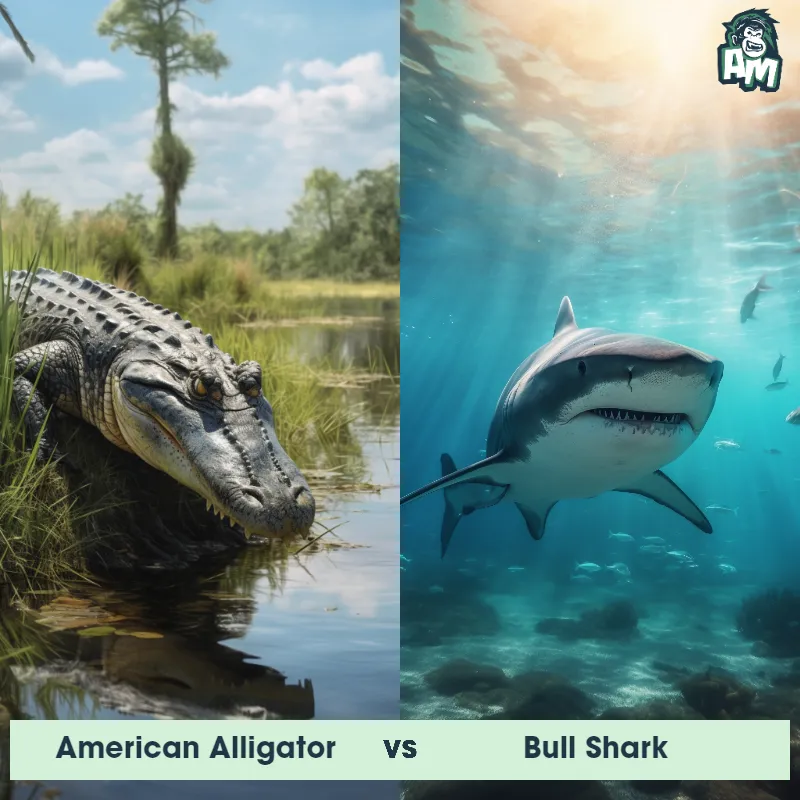Bull Shark vs HippoSee Who Wins

Ladies and gentlemen, welcome to the thrilling showdown between two of nature's most formidable creatures. The fierce Bull Shark and the mighty Hippopotamus are about to clash in a battle for dominance like no other. Get ready for a spectacle of strength, power, and agility as these extraordinary predators go head to head. Let the matchup begin!
Contender 1: Bull Shark
The Bull Shark, also known as the Zambezi Shark, is a large predatory fish found in warm coastal waters and freshwater rivers around the world. They are known for their aggressive behavior and ability to tolerate freshwater, allowing them to swim far up rivers. Bull Sharks have a stocky build, with a grey or brownish coloration and a short, broad snout filled with sharp teeth. They can grow up to 11 feet long and weigh over 500 pounds.
Fun Fact: Bull Sharks are known for their ability to swim in freshwater rivers, and have been found as far up the Mississippi River as Illinois.
Contender 2: Hippo
The hippopotamus, often simply referred to as the hippo, is a large, mostly herbivorous mammal native to sub-Saharan Africa. With a barrel-shaped body, short legs, and a massive head with a broad, round snout, the hippo is the third-largest land animal after the elephant and rhinoceros. Hippos spend most of their day in the water or mud to keep their skin moist and protect it from the sun. Despite their bulk, hippos are excellent swimmers and can run surprisingly fast on land.
Fun Fact: Hippos secrete a natural sunscreen in the form of an oily red substance, which earned them the nickname "blood sweat," although it is neither blood nor sweat.
Matchup Stats
| Bull Shark | Hippo | |
|---|---|---|
| Size | Up to 11 feet (3.4 meters) | 5 feet tall at shoulder, 13 feet long (1.5 meters tall at shoulder, 4 meters long) |
| Weight | Over 500 pounds (227 kilograms) | 3,000 to 4,000 pounds (1,400 to 1,800 kilograms) |
| Speed | Speed: 25 mph (40 km/hr) | 19mph (30km/h) |
| Key Strength | Powerful bite force and aggressive behavior | Powerful jaws with large teeth |
| Biggest Weakness | Vulnerable to attacks on the gills and eyes | Poor eyesight |
Current Votes
Bull Shark vs Hippo
See Who Wins
View More Matches
Looking For More?
Similar Matches
Scientific Stats
| Bull Shark | Hippo | |
|---|---|---|
| Scientific Name | Carcharhinus leucas | Hippopotamus amphibius |
| Family | Carcharhinidae | Hippopotamidae |
| Habitat | Warm coastal waters and freshwater rivers | Rivers, lakes and swamps |
| Geography | Found worldwide in tropical and subtropical regions | Sub-Saharan Africa |
| Diet | Carnivorous, feeding on fish, dolphins, turtles, and other sharks | Herbivorous, primarily grasses |
| Lifespan | 12 years - 16 years | 40 years - 50 years |
Key Differences between Bull Shark and Hippo
- Coloration: The Bull Shark typically displays a grayish color on its back, fading to a whitish shade on its belly, enabling it to blend with the surrounding water. On the other hand, the Hippopotamus appears grayish-brown with smooth, hairless skin, often covered in algae.
- Shape: The Bull Shark has a streamlined and sleek body shape, adapted for swift swimming, while the Hippopotamus has a barrel-shaped body with a large and round belly.
- Teeth: Bull Sharks are known for their sharp, serrated teeth, with the upper teeth being broader than the lower teeth. In contrast, the Hippopotamus boasts large, tusk-like canine teeth that can measure up to 20 inches in length.
- Habitat: Bull Sharks are found in coastal and freshwater habitats, as they are capable of surviving in both saltwater and freshwater environments. Hippopotamuses, however, are strictly found in freshwater habitats, such as rivers, lakes, and swamps.
- Size: The Bull Shark has an average length of 7 to 11.5 feet, whereas the Hippopotamus can grow to a massive length of 13 to 16 feet, making it considerably larger than the Bull Shark.
- Fins: Bull Sharks possess prominent dorsal and pectoral fins, which aid in maneuverability and movement through the water. Hippopotamuses lack fins and have shorter, thicker limbs designed for weight-bearing and walking on land.






